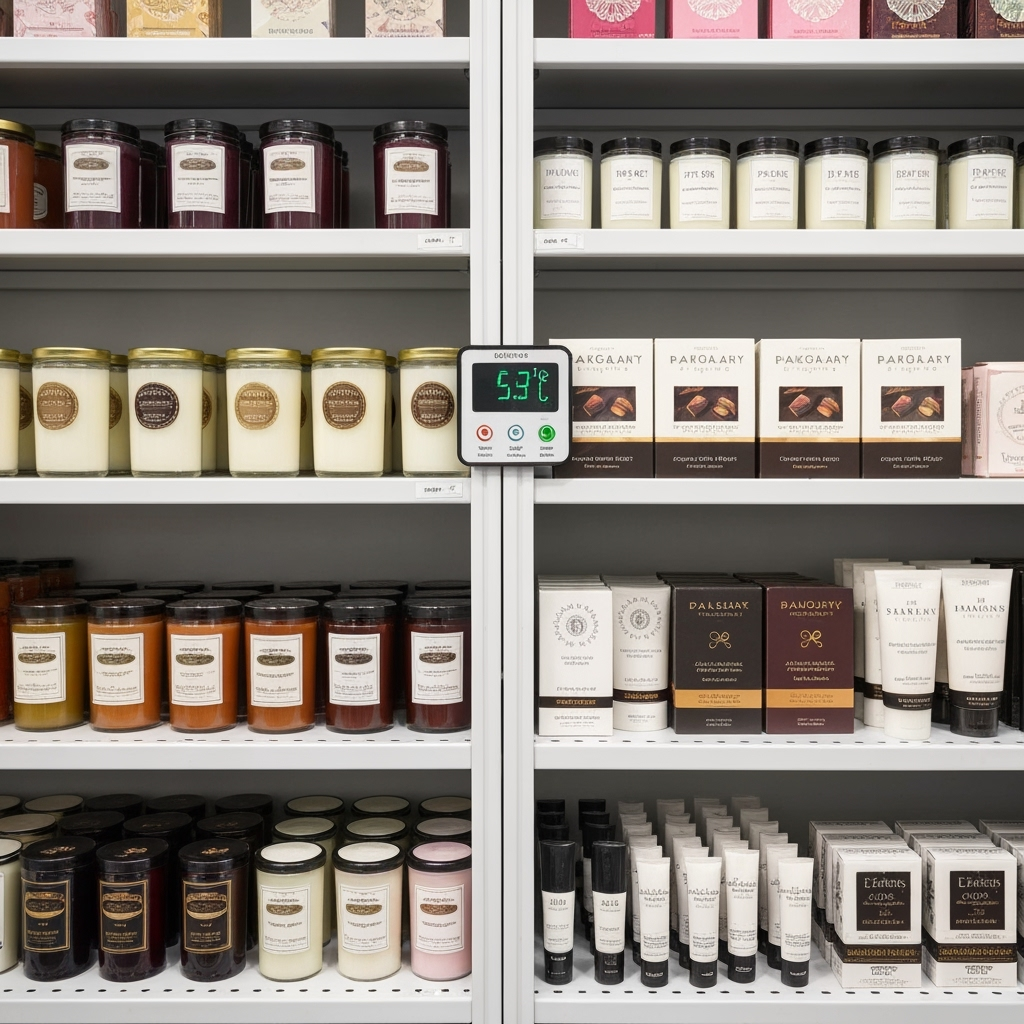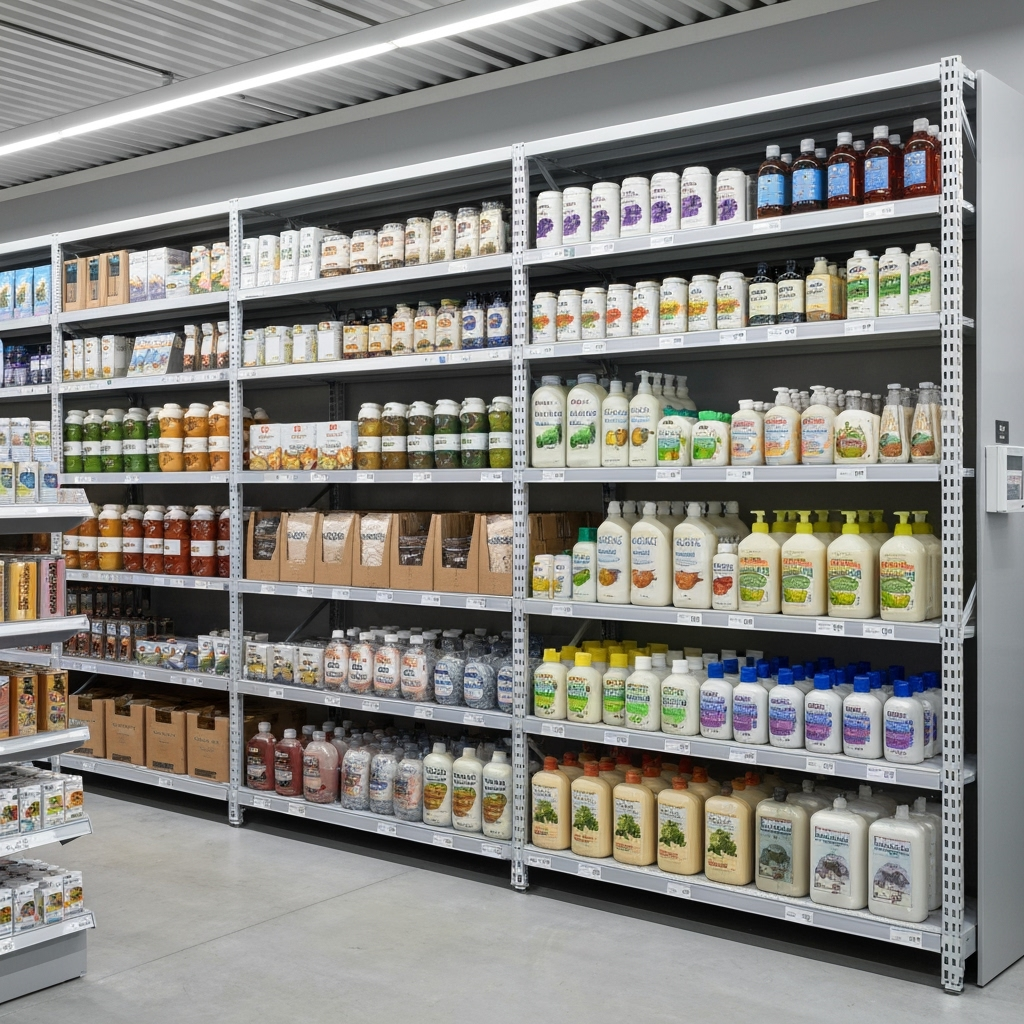Understanding the Challenge of Temperature-Sensitive Retail Inventory
For specialty retailers managing temperature-sensitive inventory, seasonal changes present unique challenges that can directly impact your bottom line. Whether you’re selling artisanal chocolates, premium cosmetics, or handcrafted candles, maintaining proper storage conditions is crucial for preserving product quality and protecting your investment.

Why Climate-Controlled Storage Matters for Retail Success
Temperature fluctuations can severely impact sensitive retail products:
- Chocolate can bloom or melt
- Cosmetics may separate or deteriorate
- Candles can warp or lose fragrance
- Natural products might develop mold or mildew
Climate-controlled storage units offer the perfect solution, maintaining consistent temperature and humidity levels that protect your valuable inventory year-round.
Setting Up Your Climate-Controlled Storage Space
Creating an efficient storage system requires careful planning and organization:

Essential Storage Features:
- Temperature monitoring systems
- Humidity controls
- Proper ventilation
- Organized shelving systems
- Clear product labeling
Seasonal Transition Strategies
Successfully managing inventory through seasonal changes requires:
1. Inventory Planning
- Track seasonal sales patterns
- Plan storage space accordingly
- Rotate stock efficiently
2. Temperature Monitoring
- Install reliable monitoring systems
- Set up alerts for temperature fluctuations
- Regular environment checks
3. Organization Systems
- Clear labeling for easy access
- First-in, first-out rotation
- Seasonal zoning within storage space
Best Practices for Different Product Types
Chocolates and Confections
- Maintain temperatures between 65-68°F
- Control humidity at 50-55%
- Use airtight containers
Cosmetics and Beauty Products
- Keep temperatures steady at 55-75°F
- Avoid direct sunlight exposure
- Monitor expiration dates
Candles and Wax Products
- Store between 60-75°F
- Prevent heat exposure
- Use sturdy shelving systems
Emergency Preparedness
Develop contingency plans for potential climate control issues:
- Backup power systems
- Emergency response procedures
- Alternative storage options
- Insurance coverage review
Making the Most of Your Storage Investment
To maximize your climate-controlled storage:
- Regular maintenance checks
- Staff training on proper procedures
- Inventory tracking systems
- Cost analysis and optimization
Conclusion
Investing in climate-controlled storage is essential for protecting temperature-sensitive retail inventory. By following these guidelines and maintaining proper storage conditions, you can ensure product quality, reduce waste, and maintain customer satisfaction throughout all seasons.










Leave a Reply